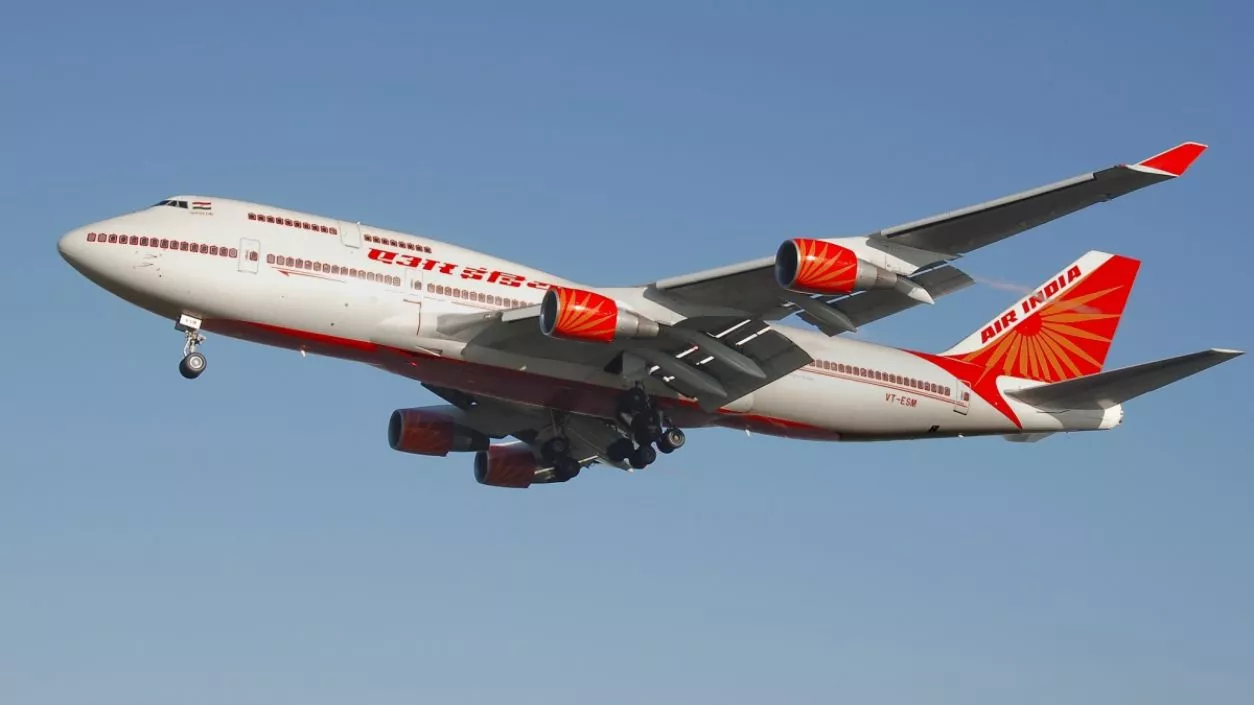.gif)
.gif)

On Monday, January 29, Air India flight AI 2957, en route from New Delhi’s Indira Gandhi International Airport to Mumbai, triggered an emergency alert shortly after takeoff. At approximately 8:40 PM, the aircraft’s transponder sent a “squawk 7500” code to Air Traffic Control (ATC) in Delhi, which is specifically used to signal a hijacking or unlawful interference. This prompted a swift response from aviation and security authorities, initiating full emergency protocols.
Upon receiving the “squawk 7500” code, ATC in Delhi immediately enacted standard hijack procedures. The airport authorities informed Mumbai’s ATC, local police, the Indian Air Force (IAF), the Central Industrial Security Force (CISF), and the Bureau of Civil Aviation Security (BCAS). A central coordination committee was formed to manage the emergency response. The committee included representatives from the IAF, CISF, Delhi Police, Airports Authority of India (AAI), and BCAS, all of whom took immediate action to secure the flight’s journey and ensure safety at the destination airport.
Shortly after sending the alert, the pilot of AI 2957 contacted ATC, confirming that the situation was a false alarm. The pilot assured ATC that there was no hijacking or unlawful activity onboard, and that the aircraft was operating under normal conditions. Despite this clarification, authorities continued with the emergency protocols. The response was in line with established aviation safety procedures, which require that all security measures be maintained until a complete investigation confirms the situation's safety.
The aircraft, carrying 126 passengers, landed at Chhatrapati Shivaji Maharaj International Airport in Mumbai at 9:47 PM. As part of the emergency response, a full security protocol was enacted at Mumbai airport. An aerodrome emergency committee was established, and local police, along with the National Security Guard (NSG), were deployed to the scene. The aircraft was directed to an isolation bay for thorough inspection. Passengers were not allowed to deboard until the authorities confirmed that the aircraft posed no further security risks, which took approximately one hour.
An investigation is underway to determine the cause of the false alarm. The Directorate General of Civil Aviation (DGCA) is leading the inquiry with assistance from BCAS and CISF. Investigators are focused on whether the false alarm resulted from a technical malfunction in the aircraft’s transponder or from a misinterpretation of the signal. The findings of the investigation are expected once a thorough review of the flight’s systems and operations is completed.